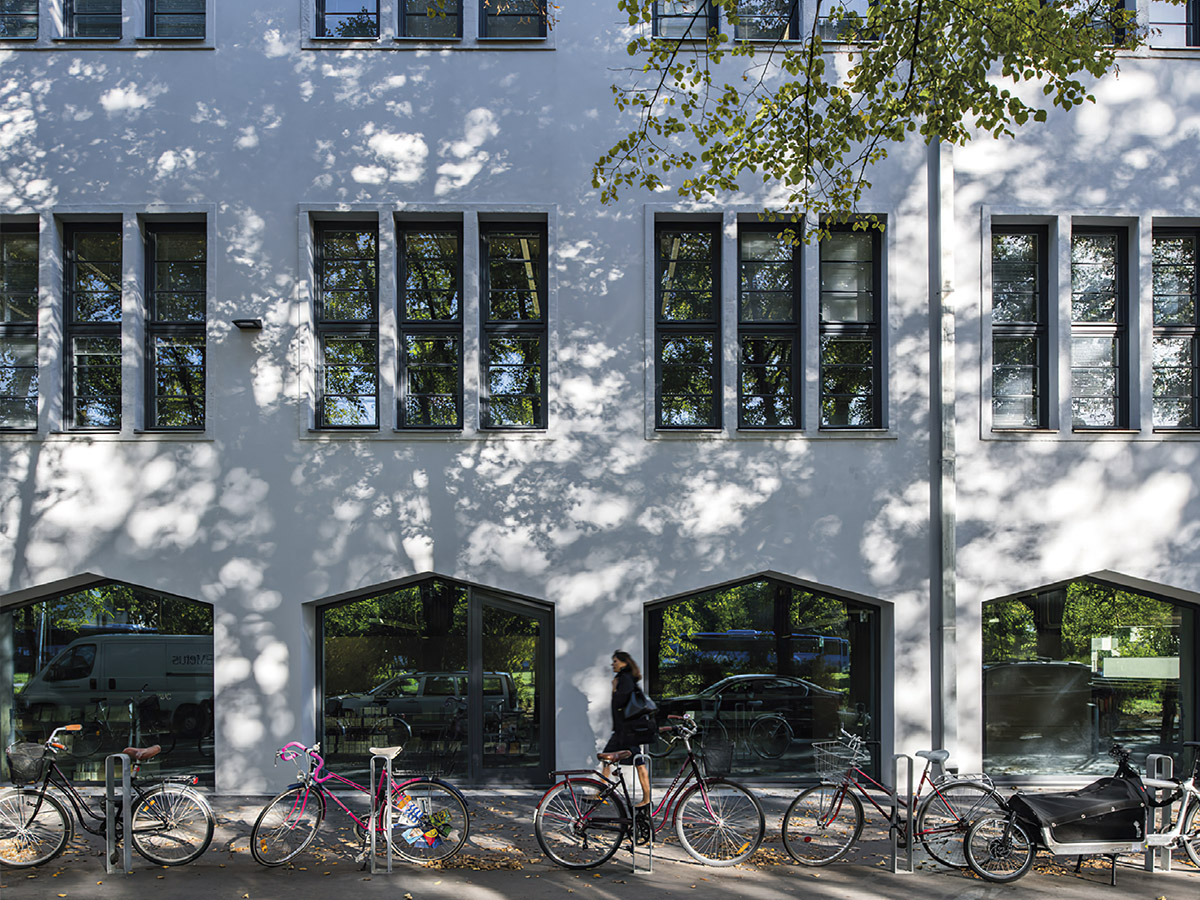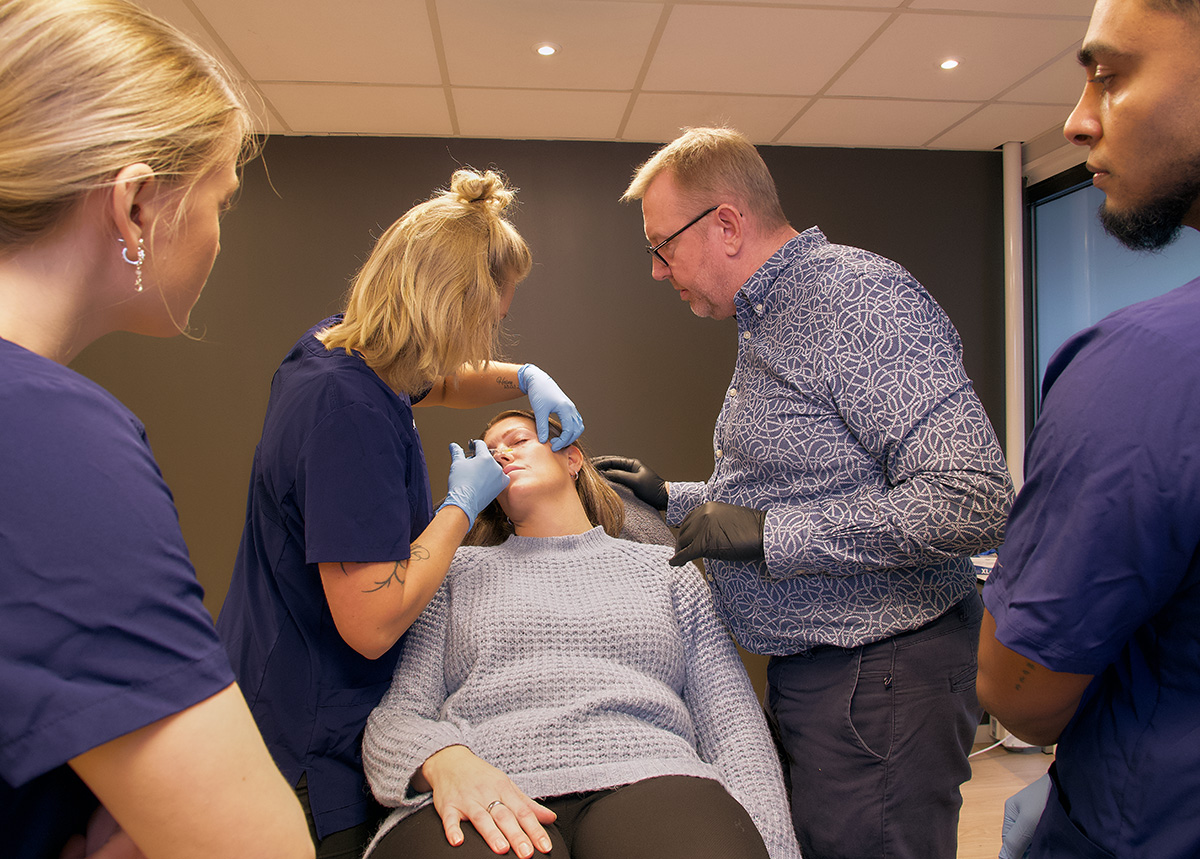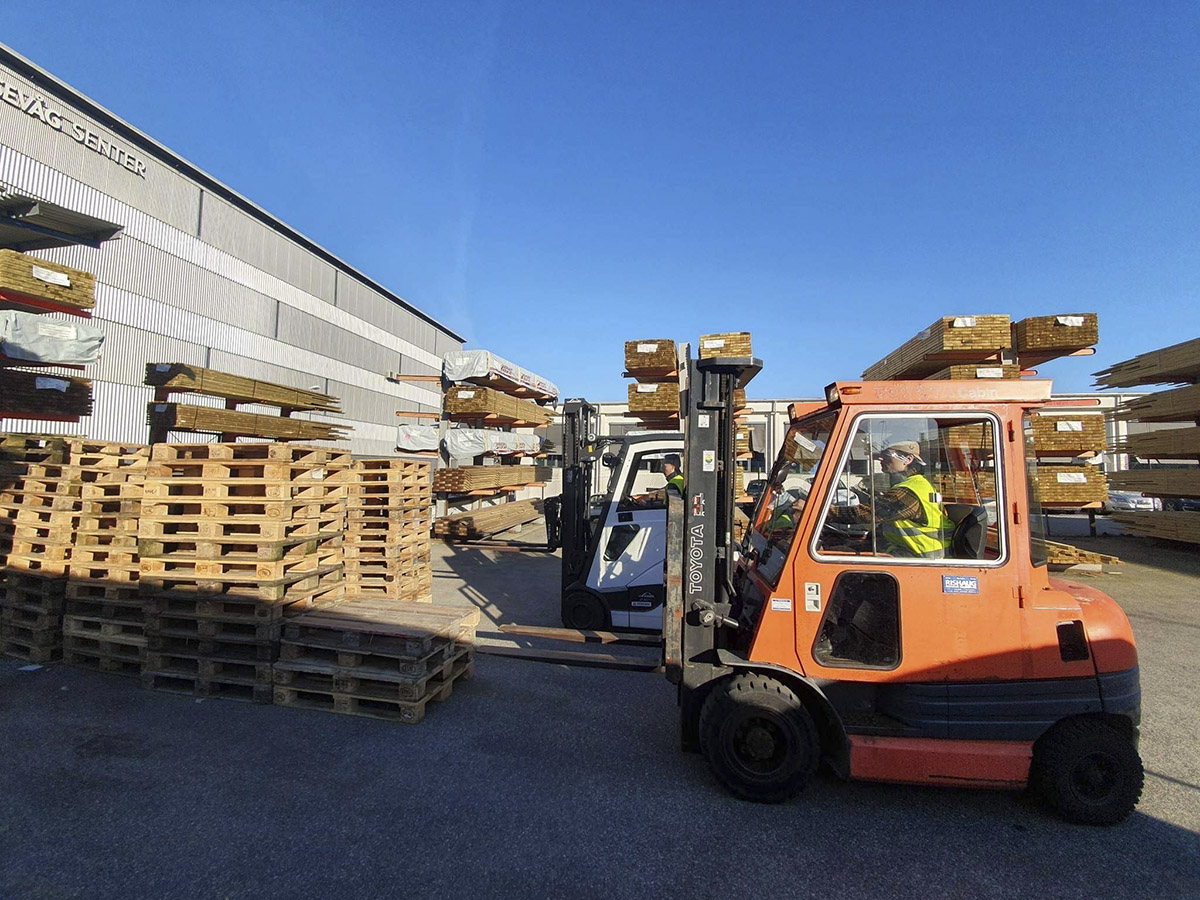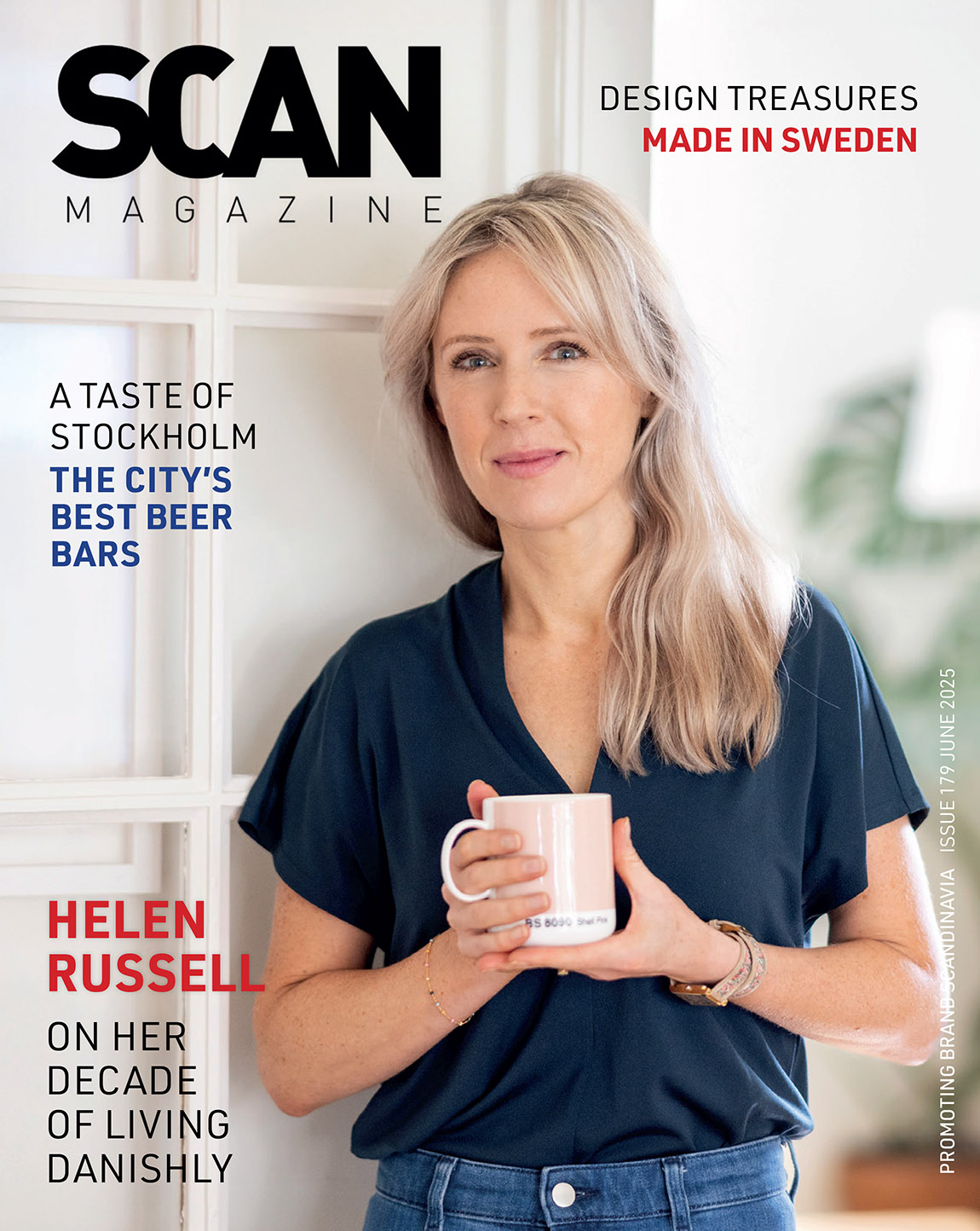Estonian Academy of Arts (EKA): Develop your field at Estonia’s world-leading arts academy
By Lena Hunter

Estonian Academy of Arts building. Photo: Tõnu Tunnel.
Estonian Academy of Arts (EKA) in Tallinn is listed among the top 200 architecture and design universities in the world by QS World University Rankings. At the leading national centre of innovation in visual culture, 1,200 students from all over the world are taught by internationally recognised artists, architects, designers and scholars.
Across four faculties of Architecture, Design, Art Culture and Fine Arts, EKA is renowned for its detailed curricula and an interdisciplinary atmosphere that supports the development of robust, creative and conscientious thinkers.
The Academy has a strong profile of international PhD programmes, and offers nine Master’s courses in English, including Contemporary Art, Graphic Design, Urban Studies, Craft Studies, Animation and Interaction Design.
Inside the Craft Studies Master’s programme
The Craft Studies course is spearheaded by the interdisciplinary artists Juss Heinsalu and Kärt Ojavee, whose own practices in ceramics, smart textiles and broader material exploration shape the uniquely inquisitive curriculum. Accepting some ten students per year, the course offers a framework for drafting individual material-based practice and advancing critical thinking.
“It’s a heavily studio-based approach, composed of one-on-one mentoring, collaborative and unconventional learning experiences. In the contemporary world, studio practice is not something fixed. Nomadic aspects have to be considered. The crucial footwork – collective field trips – takes us to the local bogs, wild woods and coastal boundaries here by the Baltic Sea, as well as on journeys further afield,” explains Heinsalu.
Interdisciplinary learning
The course is also enriched by the competencies of the Ceramics, Glass, Jewellery and Blacksmithing, Textile, Accessories and Fashion departments. “There are many different workshops available in, for example, leatherwork, woodworking, weaving or biomaterials. EKA is unique because practical expertise is so readily accessible, while its intimate scale allows for cross-pollination,” says Ojavee. “Students can dedicate their studies to one discipline, but have the opportunity to inform and expand it with methodologies native to other material fields. We encourage curious experimentation and construction of speculative narratives.”
Heinsalu and Ojavee agree that Tallinn is a particularly fertile city for the arts. “Estonia is kind of on the vibrant edge,” says Heinsalu. “It embodies this peripheral idea which is present in craft. Craft is neither design, nor fine art, yet central to all disciplines. Here, we engage with the local skills, knowledge and heritage, and use it as the grounds on which to reimagine the future of art and technology.”
EKA International Curricula promotion is supported by the European Regional Development Fund.

Field trip to Kristineberg Center for Marine Research and Innovation with students from EKA, Aalto University and Vilnius Academy of Arts, as part of a collaborative project Algae for Design-Led Transition towards a Blue Bio-Economy.
Web: www.artun.ee Instagram: @eka_estonian_academy_of_arts Facebook: Eestikunstiakadeemia
Subscribe to Our Newsletter
Receive our monthly newsletter by email





